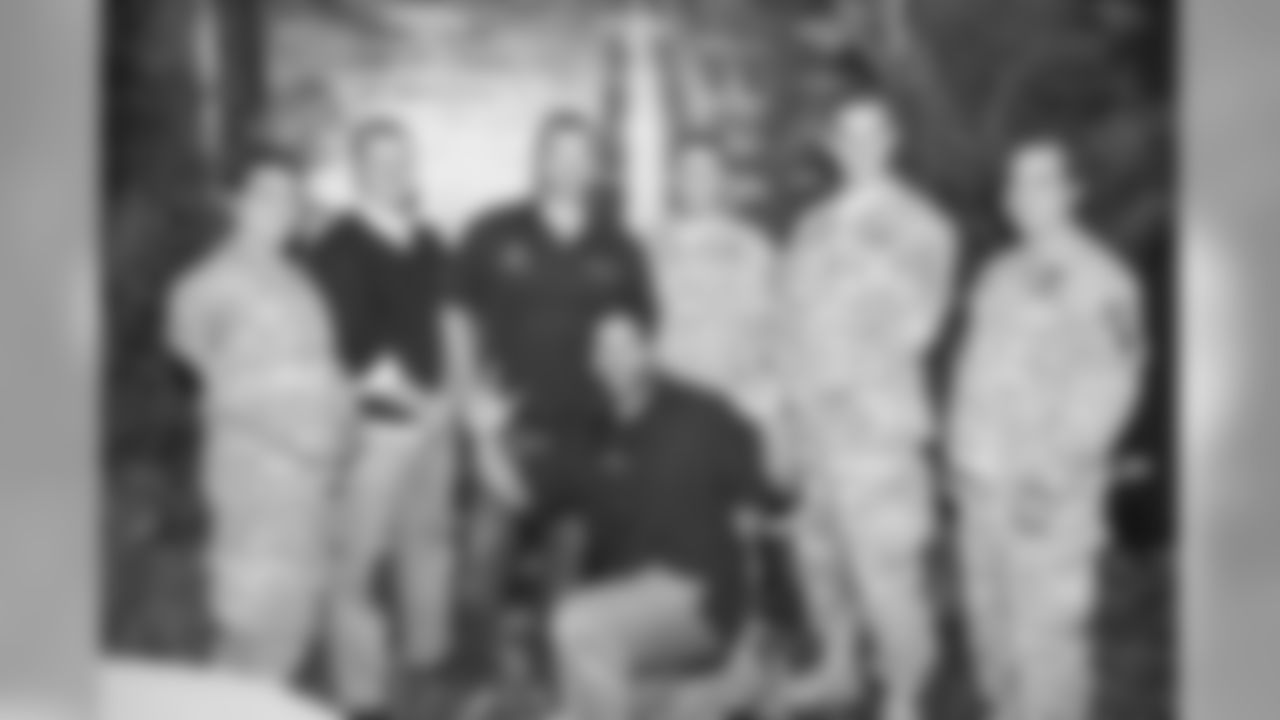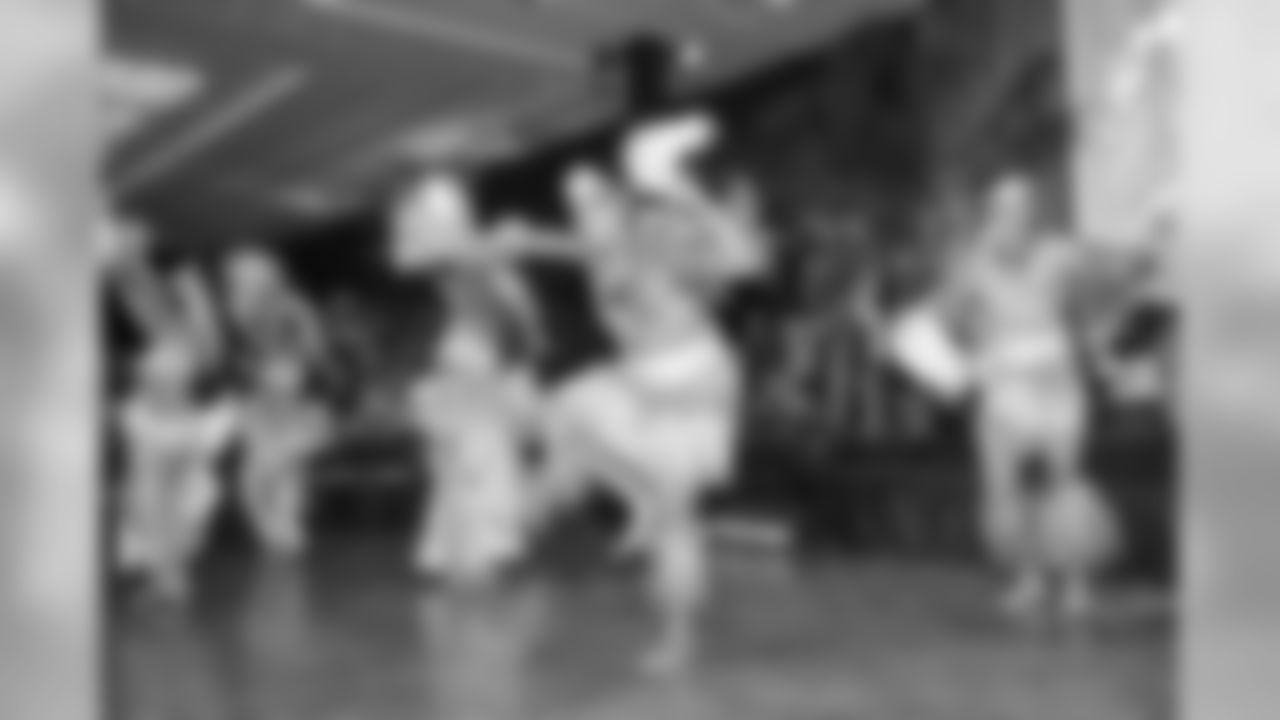*
Ready or not, here it comes:*
- It was not a letdown vs. the New York Jets. The Steelers didn't take the opponent lightly. In fact, based on some of the things that transpired over the course of the game, the case can be made for some Steelers players and coaches trying to do too much, trying to make too much of a difference, in the effort to help the team win.
- It was just a bad performance. Players and coaches alike. That's where the criticism should be directed. At the performance.
- There was too much discussion about and emphasis placed on not taking the Jets lightly for the Steelers to have taken the Jets lightly. I have a suspicion, however, that many of the young players, the rookies, those without much NFL experience, might have been surprised that a team with a 1-8 record had as many good players as the Jets have on their roster.
- That's one of the bigger adjustments players have to make upon their jump to the NFL: the caliber of the competition. An offensive tackle in college – even an offensive tackle who started for multiple seasons for an SEC program – might only go against a half-dozen NFL-caliber players all season. During that offensive tackle's rookie season, every player he goes up against is NFL-caliber.
Check out photos from Troy Polamalu's Polynesian Luau, benefiting the Harry Panos Fund for veterans.


















- The same goes for teams' records, college vs. the NFL. In college, a 1-8 team is a cupcake. In the B1G, it's Purdue or Indiana; in the SEC, it's Vanderbilt; in the Pac-12, it's Colorado, etc. A college team that's 1-8 doesn't have Muhammad Wilkerson and Sheldon Richardson on their defensive line, or Chris Ivory and Chris Johnson at running back, as the Jets did.
- And sure, the Steelers coaches warned these players about this reality, that 1-8 in the NFL qualifies as a much more difficult opponent. But those warnings likely were treated the same way I treated the one from my grandmother, who, when cleaning the stove, looked me right in the eye and said, "Don't touch that. It's hot. Understand?" "Yes, Grandma, I understand." And then as soon as she turned around, I touched it … and burned my hand. Experience truly is the best teacher, and sometimes a lesson only will be learned through first-hand experience.
- As these Steelers continue to develop as a team and work to establish their own identity, it provides an opportunity to appreciate what James Farrior contributed to the franchise during the most recent Golden Era, 2004-10. There were many star players on those teams, many influential players, popular players, too, and Farrior was a key component to everything those teams accomplished even as he seemed to be so consistently under the radar. James Farrior was a great linebacker, and in addition to what he contributed there he also became the alpha inside the locker room. With the trust of the younger players and the respect of the veterans – and once Jerome Bettis retired and Joey Porter moved on via free agency – Farrior's voice became the one everyone heeded. Through those two runs to the Super Bowl during the 2008 and 2010 seasons, James Farrior is the player who "broke it down" and led the team out of the locker room before games.
- These Steelers don't have a James Farrior. The Steelers might never have another James Farrior.
- James Farrior was part of Mike Tomlin's inheritance from Bill Cowher, and Tomlin's critics like to point that out.
- Just to be fair, Cowher was the beneficiary of a nice inheritance from Chuck Noll, too. The Steelers' 1992 roster – Cowher's first – included 29 significant players who were holdovers from the Noll era. Here is the breakdown, by position, of those 30:
WR: Ernie Mills, Jeff Graham, Dwight Stone
OL: Dermontti Dawson, Tunch Ilkin, John Jackson, Carlton Haselrig, Justin Strzelczyk
TE: Eric Green, Adrian Cooper
QB: Neil O'Donnell, Bubby Brister
HB: Barry Foster, Leroy Thompson, Warren Williams
FB: Merril Hoge
DL: Gerald Williams
LB: Greg Lloyd, David Little, Hardy Nickerson, Bryan Hinkle, Jerry Olsavsky, Jerrol Williams
CB: Rod Woodson, D.J. Johnson
S: Carnell Lake, Larry Griffin, Gary Jones
PK: Gary Anderson
- Among that group were two Hall of Fame players – Dermontti Dawson and Rod Woodson – and 13 guys who made the Pro Bowl during their careers – Dawson, Tunch Ilkin, Carlton Haselrig, Eric Green, Neil O'Donnell, Barry Foster, Greg Lloyd, David Little, Hardy Nickerson, Woodson, Carnell Lake, and Gary Anderson.
- Those two Hall of Fame players turned into the cornerstones for the offensive and defensive systems Cowher and his inaugural staff of assistants implemented that helped turn a team that was 7-9 in 1991 into an 11-5 AFC Central Division champion and the No. 1 seed in the 1992 playoffs.
- Cowher's first offensive coordinator was Ron Erhardt, whose nickname came to be "Grandpa Goundgame" for his preference for running the football. Dawson was more than a center; he became a weapon for a running attack that had Barry Foster set a franchise single-season record with 1,690 yards in 1992. Woodson became an integral piece in the "dime" alignment – along with Lake – that killed the run-and-shoot as a viable offense in the NFL.
- When Hoge ultimately left the Steelers via free agency and signed with the Chicago Bears, the staff there asked him to explain how his former team ran the ball so effectively. In diagramming one of Erhardt's favorite plays, Hoge had the center pulling around the end after snapping the ball. When told that the Bears' centers couldn't do that, Hoge said, "Then you can't run the football like the Steelers."
- The original "dime" defense had two defensive linemen in the interior and the two 3-4 outside linebackers as de facto ends along the line of scrimmage; Woodson and Lake were aligned just to the outside of those de facto ends, where they could either attack the quarterback or cover those slot receivers who were such a big part of the run-and-shoot. The attacking the quarterback aspect of it became the impetus for Buddy Ryan to refer to the run-and-shoot as the chuck-and-duck.
- Alas, Chuck Noll received no such inheritance from Bill Austin, which is why he's the greatest of them all.














